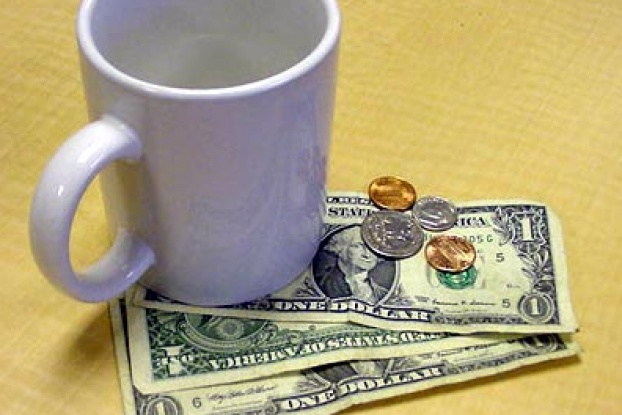Exploring the Art of Tipping: A Gesture of Gratitude

In the world of transactions, few practices are as universally recognized and debated as tipping. This unassuming custom, often involving a modest amount of money, holds a considerable place in modern society, acting as a conduit for expressing gratitude and appreciation for services rendered. Delving into its origins, nuances, and appropriate application can unravel the intricate tapestry of this age-old tradition.
The Essence of Tipping: A Token of Appreciation
A tip, in its simplest form, is an extra sum of money given to service industry workers, beyond the stated price of a service or meal. While its monetary value might appear small, its significance is immeasurable. It bridges the gap between a satisfactory transaction and an experience that transcends the ordinary. Tipping is not only a reflection of gratitude but also a means to acknowledge the effort and dedication of those who make our lives easier and more enjoyable.
A Historical Odyssey: Tracing the Roots of Tipping
The history of tipping is as diverse as the cultures that practice it. Its origins can be traced back to ancient civilizations, where acts of generosity were bestowed upon those who provided exceptional service. From feudal Europe to the coffeehouses of 17th-century England, the concept of tipping gradually evolved, becoming an integral part of social etiquette. In the United States, the practice gained prominence after the Civil War and was often used to discriminate against newly freed slaves.
Navigating the Terrain: When to Tip and When Not To
Determining when to tip can be a puzzling endeavor. In general, tipping is expected in situations where a service is provided, such as restaurants, cafes, bars, hotels, and salons. However, tipping might not always be appropriate or customary. For instance, in some countries, tipping is considered rude or unnecessary. Additionally, situations where the service is poor or unsatisfactory might warrant reconsideration of the standard tipping percentage.
Uncharted Waters: Instances of Inappropriate Tipping
While tipping is generally regarded as a courteous gesture, there are instances where it might not be appropriate. Tipping in healthcare settings, government offices, or emergency situations could be considered inappropriate, as these contexts demand professionalism and impartiality. Moreover, offering a tip where none is expected can sometimes be misconstrued as an attempt to influence or manipulate.
The Art of Proper Tipping: A Few Pointers
Tipping is an art that, when mastered, can foster goodwill and genuine connections. To tip properly, consider the level of service received, the local customs, and your own budget. In restaurants, a standard tip of 15-20% of the bill is customary. When receiving services like haircuts or massages, a similar percentage is often suitable. However, always gauge the situation – if you receive exceptional service, don’t hesitate to tip more generously.
In conclusion, tipping transcends the realm of monetary exchange; it embodies a sentiment that words alone cannot convey. It stands as a testament to the human desire to recognize and reward the efforts of fellow individuals. While navigating the intricate terrain of tipping can be daunting, understanding its history, knowing when to tip, and adhering to cultural norms can transform this simple practice into a genuine expression of gratitude.
Get the new completely revised “Broken Windows, Broken Business” book with 25% new material at bit.ly/BWBBbook